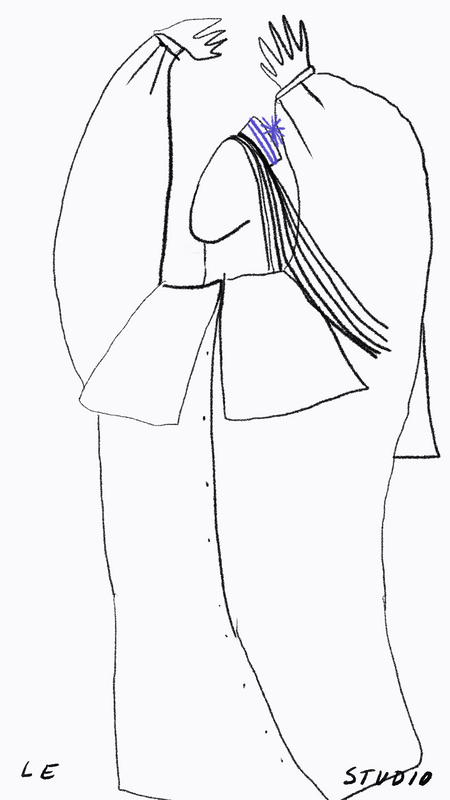
JEANNE LE STUDIO
Thank you for the beautiful 4 years together. Le Studio is now closed. Of course, all open orders are still being handled. If you have any questions regarding your order, you can still contact Jeanne until 1 June 2024 via info@jeanne-lestudio.com
Jeanne
Accéder à la boutique à l'aide d'un mot de passe
Êtes-vous le propriétaire de la boutique? Connectez-vous ici.